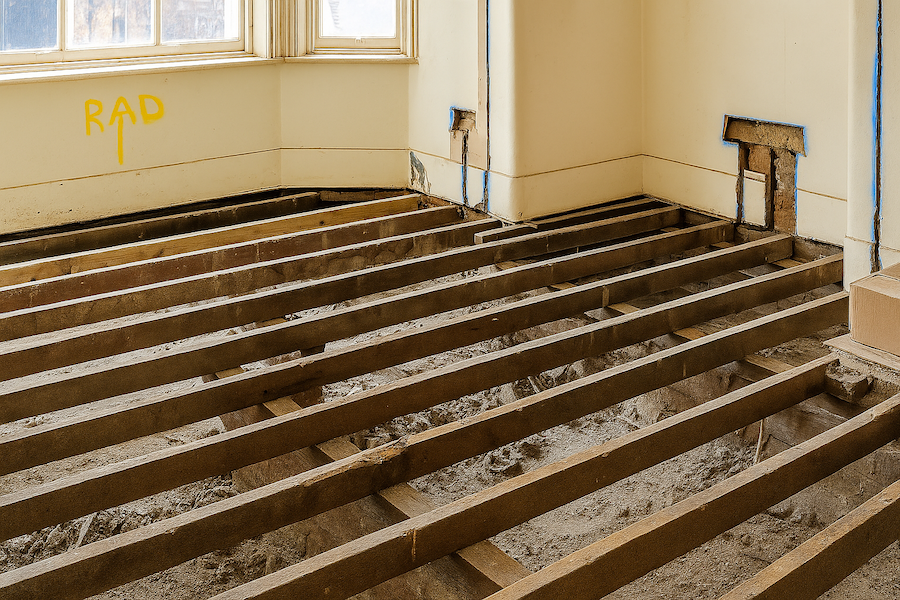
A practical guide to floor insulation for your home
Floors – particularly those on the ground level – are a major source of heat loss in many homes.
Without insulation, warmth escapes in winter – and heat builds up in summer. Your home ends up uncomfortable year-round, and your heating system works harder than it needs to. Proper floor insulation helps reduce draughts, stabilise indoor temperatures, and make your home more energy efficient and comfortable in every season.
If you have rooms above unheated spaces like garages or cellars, insulating the floors above them can also prevent unnecessary heat loss.
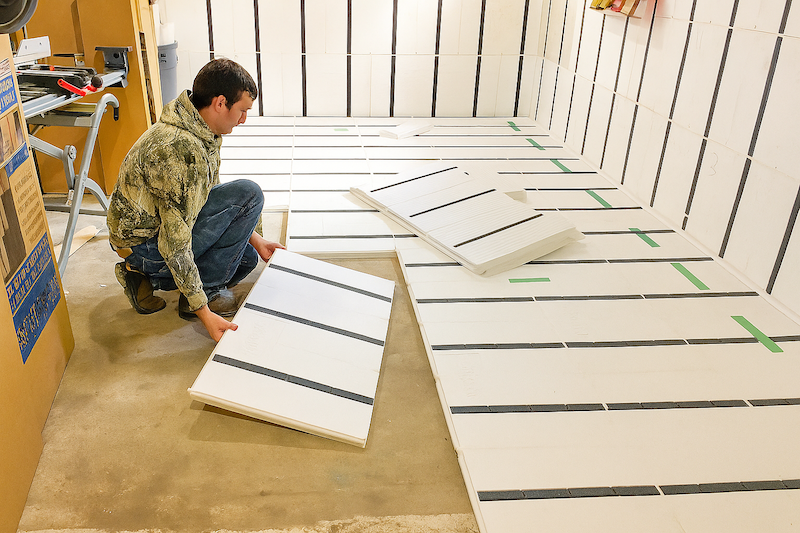
Why insulate your floors?
Uninsulated floors are especially common in older homes across Oxfordshire – particularly those with suspended timber floorboards.
In summer, uninsulated floors in homes with poor ventilation can also contribute to overheating. Thermal energy from below (especially in converted spaces like ground-level flats or rooms over garages) can raise indoor temperatures and make night-time discomfort worse. Insulation helps reduce these unwanted heat gains – especially when combined with other whole home improvements.
Installing floor insulation is a practical and effective way to improve comfort, reduce your energy bills, and cut your home’s carbon emissions. It’s one of the less disruptive energy upgrades, yet it can make a noticeable difference to how your home feels.

Types of floor insulation
If your home has a solid concrete ground floor – common in newer properties – insulation can be added using rigid boards laid on top of the existing floor. It’s an ideal approach when planning other work such as replacing flooring. Internal insulation beneath the concrete is possible too, though it’s much more invasive and best reserved for major renovations.
Older properties are more likely to have suspended timber floors. You can usually identify these by looking for air bricks or ventilation grilles at the base of exterior walls. These vents are essential – they allow airflow under the floor, helping to prevent damp and protect against rot. For that reason, they should never be blocked.
To insulate a suspended timber floor properly, the floorboards need to be lifted and insulation laid between the joists. This is a job best left to an experienced professional. If you work with Cosy Homes Oxfordshire, we’ll connect you with trusted local contractors and manage the process – giving you peace of mind that the work is done well.
Sealing any visible gaps between your floor and skirting boards can also help reduce draughts and further improve comfort.

Costs and savings
According to the latest data from the Energy Saving Trust (2024), floor insulation can save households up to £110 a year in energy costs, depending on your home’s size, layout, and heating type. Typical installation costs range from £600 to £1,600 for suspended timber floors – with savings in both energy bills and emissions over time.
For homes where comfort is the main concern – such as reducing draughts or avoiding heat build-up in summer – floor insulation offers a clear, practical benefit. It also contributes to longer-term value, especially when planned alongside other energy-saving upgrades.
Getting started
Adding floor insulation is a sensible step in making your home more efficient, comfortable, and future-ready. Whether you’re planning a full retrofit or looking for quick wins, we can help.
Call our team on 0330 223 2742 (Monday to Friday), or send us a message for friendly, expert advice on making your home more comfortable and energy efficient – now and for the future.
Read next…
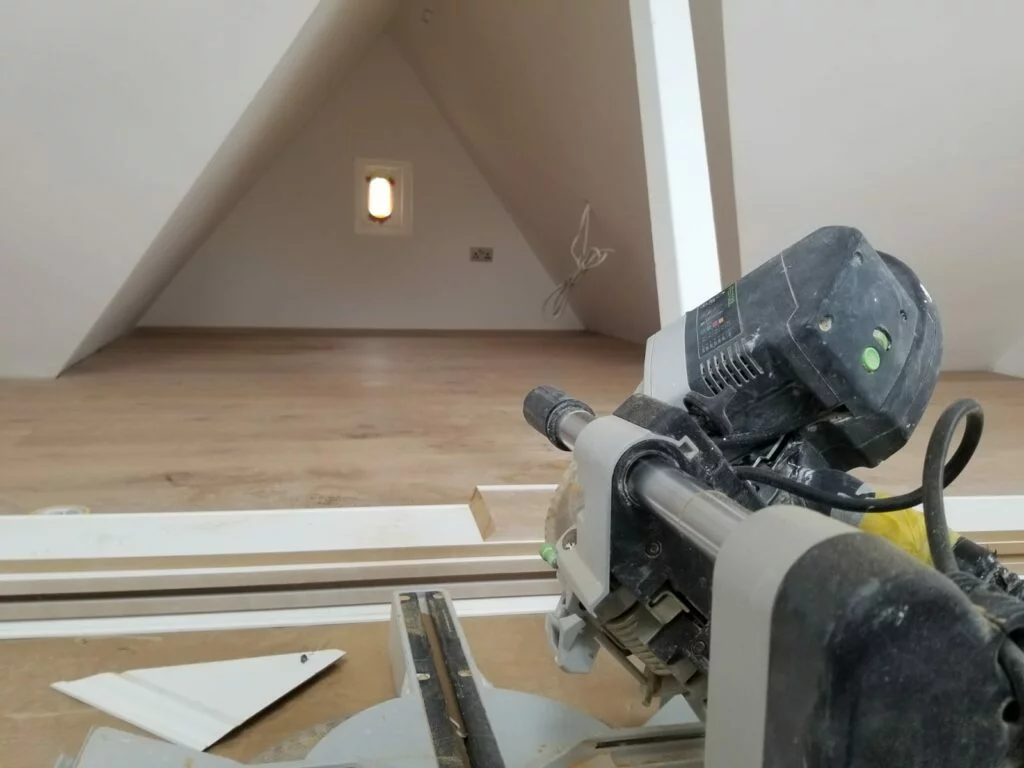
A practical guide to loft and roof insulation
Up to a quarter of your home’s heat can be lost through an uninsulated roof. Adding insulation to your loft or roof is one of the most cost-effective ways to improve comfort, cut heating bills, and reduce your carbon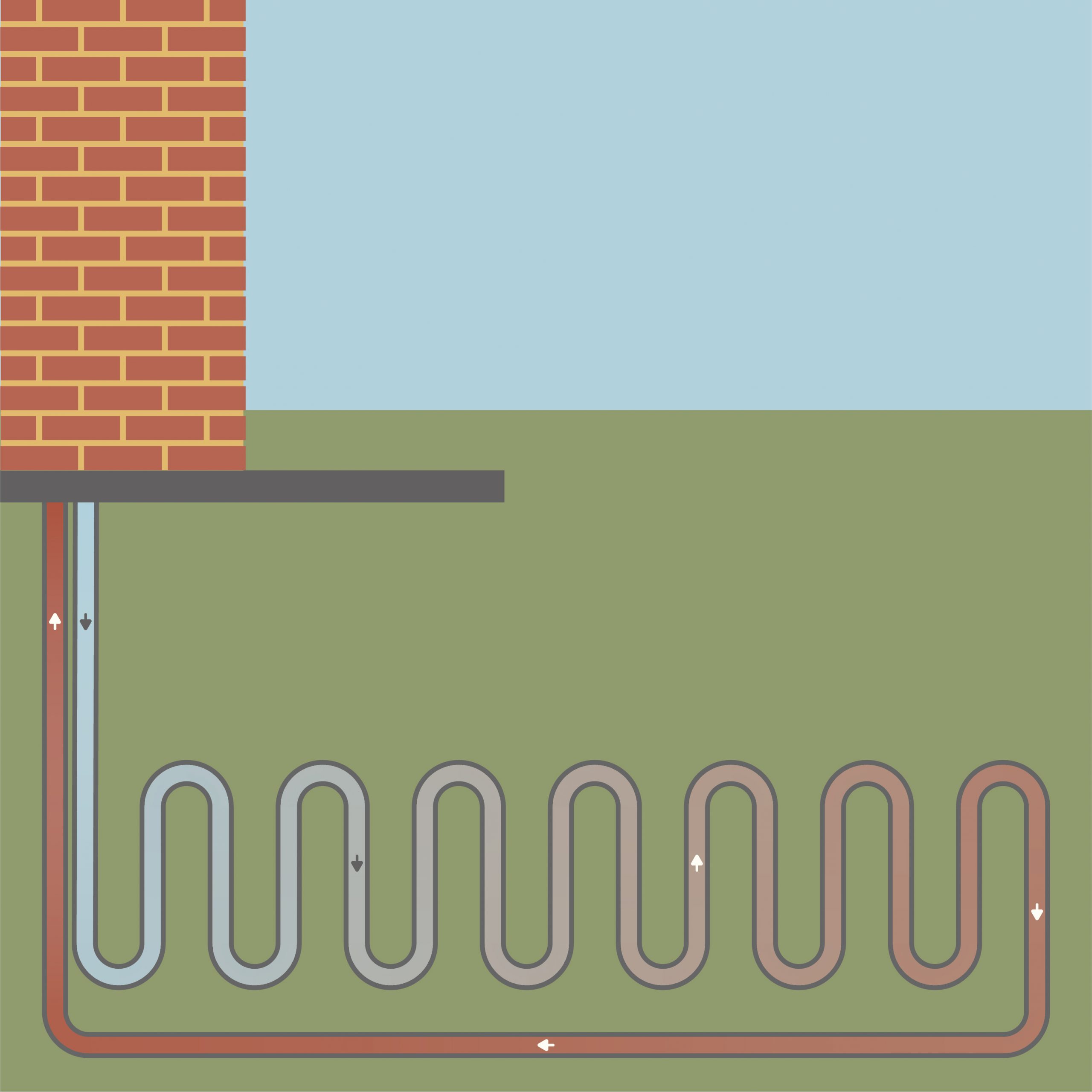
Is a ground source heat pump right for your home?
Looking for a sustainable way to heat your home? A Ground Source Heat Pump might be the solution! They harness natural heat from the ground to keep your home warm and provide hot water, all while reducing carbon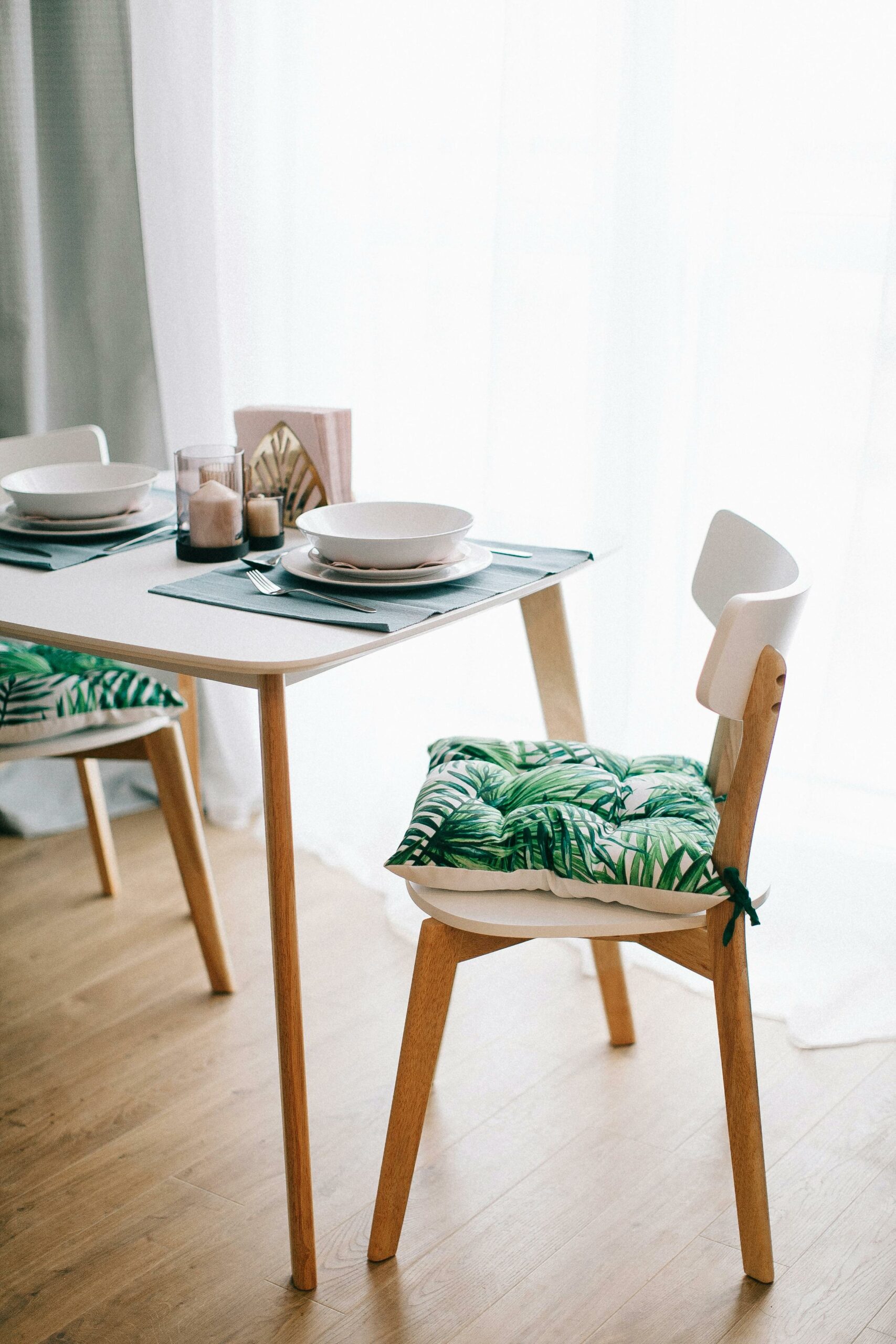
A whole house approach – more than a quick fix
A whole house approach means looking at your home as a system, not a set of parts. With expert guidance, you can plan upgrades in the right order, avoid wasted spend, and build a home that’s warmer, greener, and more comfortable for years to
